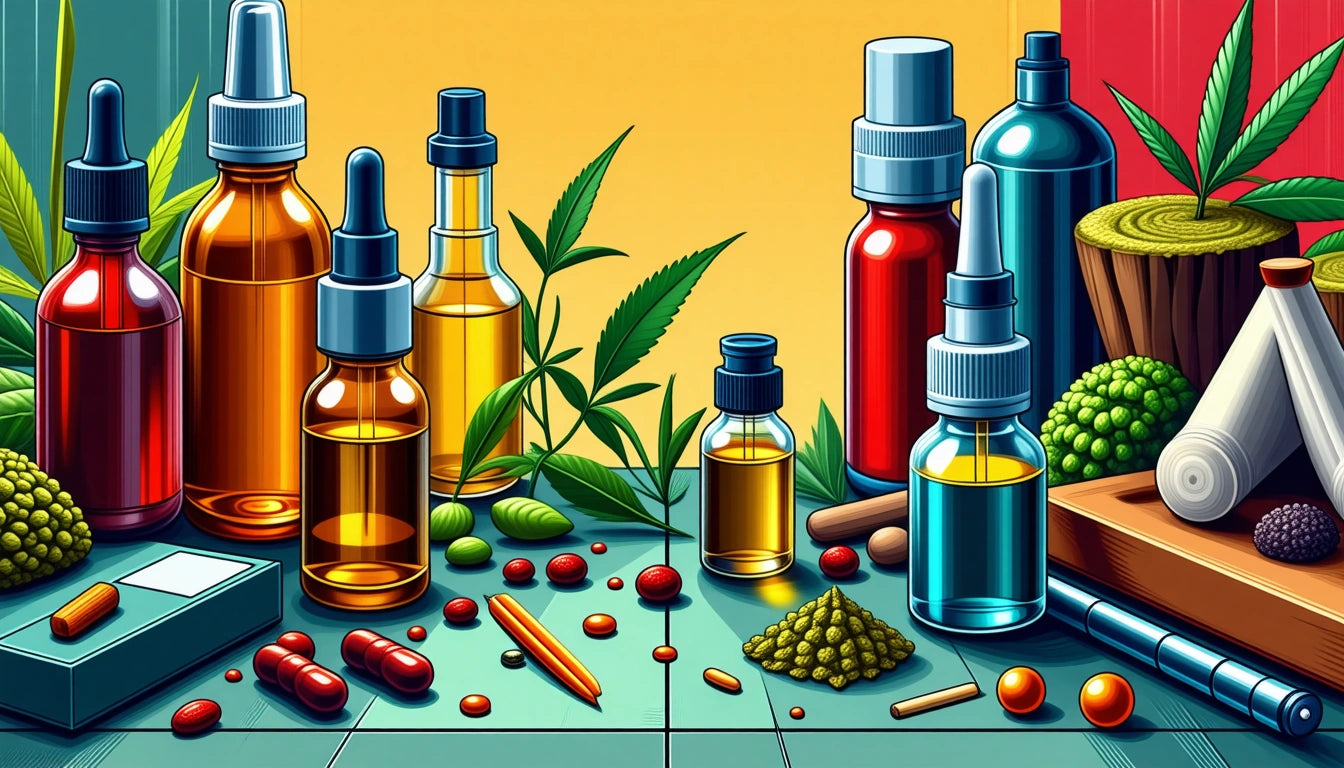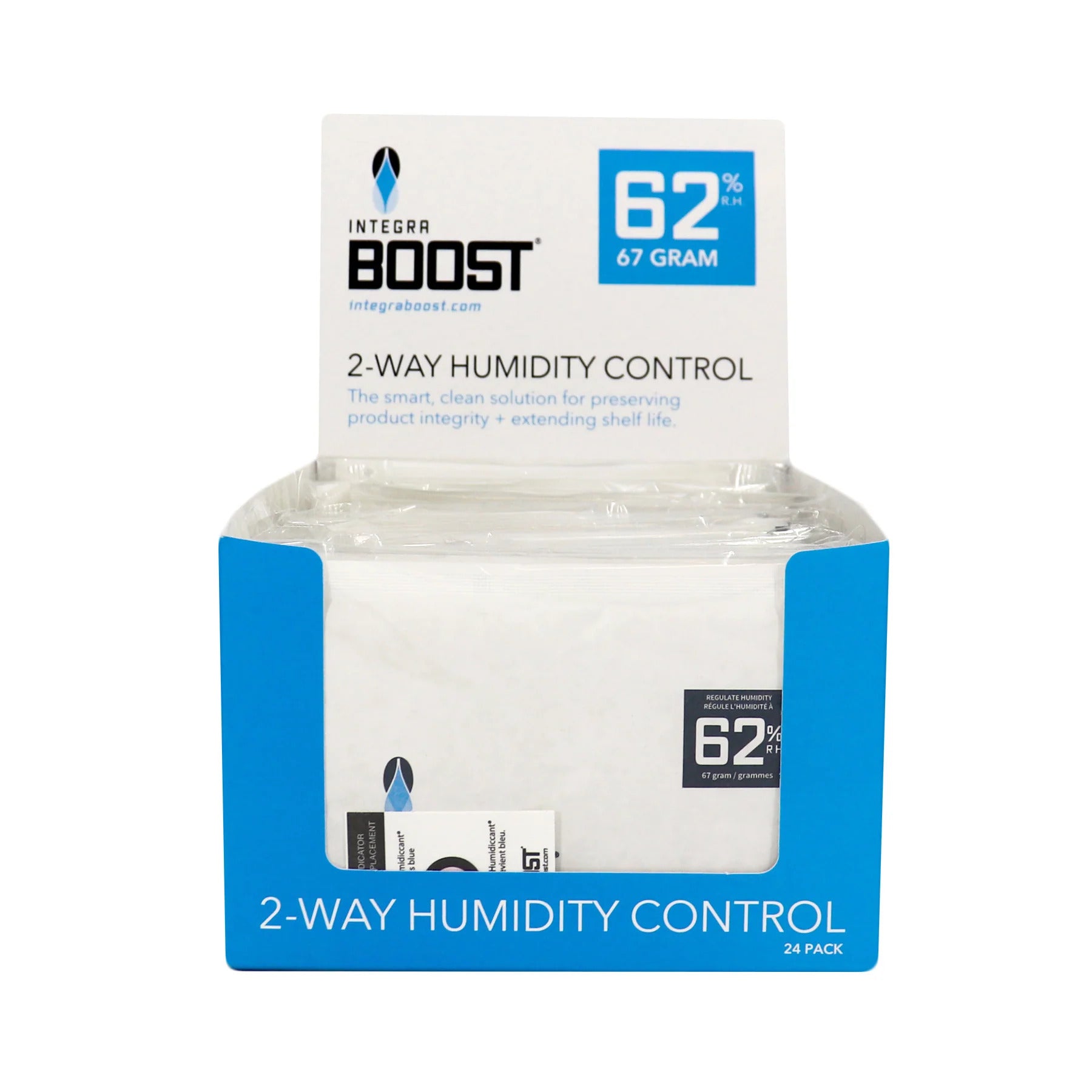Understanding Pesticides in Vape Carts: What You Need to Know
The presence of pesticides in vape cartridges has become a significant concern for cannabis consumers. As the popularity of vaping continues to grow, understanding what pesticides in carts are and how they might affect your health is crucial for making informed decisions about the products you use.
What Are Pesticides in Vape Carts?
Pesticides in vape carts are chemical compounds originally used during cannabis cultivation that remain in the final concentrate. These residual chemicals can include insecticides, fungicides, and herbicides that were applied to cannabis plants during growth. During the extraction process used to create concentrates for vape cartridges, these pesticides can become concentrated at levels significantly higher than in the original plant material.
According to this comprehensive guide on identifying pesticides in cannabis products, common pesticides found in contaminated vape carts include myclobutanil, bifenazate, and various pyrethroids. These chemicals were never intended for inhalation and can pose serious health risks when heated and vaporized.
Why Pesticides Appear in Cannabis Vape Products
There are several reasons why pesticides end up in vape cartridges:
- Agricultural practices that prioritize yield over safety
- Illicit market products that bypass testing requirements
- Inadequate purging during extraction processes
- Contamination during manufacturing
The question of why they put pesticides in carts has a simple answer: legitimate manufacturers don't intentionally add pesticides to cartridges. Instead, these contaminants are byproducts of cultivation practices and inadequate quality control. Unregulated producers may be less concerned with product purity, leading to higher contamination rates in illicit market products.
Health Risks of Pesticide Exposure
When heated and inhaled, pesticides in vape carts can transform into even more harmful compounds. Potential health consequences include:
- Respiratory irritation and inflammation
- Nausea and vomiting
- Headaches and dizziness
- Long-term organ damage with repeated exposure
- Potential carcinogenic effects
Myclobutanil, for example, converts to hydrogen cyanide when heated, a compound that can cause serious respiratory issues. This highlights why understanding what are pesticides in carts is so important for consumer safety.
Identifying Contaminated Vape Carts
For consumers wondering what cart brands have pesticides in them, the challenge lies in identification. While laboratory testing is the only definitive way to detect pesticides, there are warning signs that might indicate contaminated products:
- Unusually low pricing compared to dispensary products
- Inconsistent coloration or clarity
- Harsh throat hit or unusual taste
- Packaging without batch numbers or test results
- Products purchased from unlicensed sources
For a deeper understanding of vape cart quality indicators, this guide on evaluating vape cart safety provides valuable insights for consumers seeking cleaner products.
Brands and Products with Pesticide Concerns
Many consumers specifically ask about certain brands: do Cake carts have pesticides? What about Good News carts? While we cannot make definitive statements about specific brands without current lab results, research has shown that counterfeit and illicit market carts frequently contain pesticides.
Regulated brands must comply with state testing requirements, though standards vary by jurisdiction. Cake carts, in particular, have been widely counterfeited, making it difficult to generalize about their safety. Products sold outside of licensed dispensaries are at much higher risk of contamination.
Proper product storage is also essential for maintaining quality. Many cannabis businesses use specialized child-resistant caps and closures that not only meet safety regulations but also help preserve product integrity by preventing contamination after manufacturing.
Finding Cleaner, Safer Alternatives
For those wondering what carts don't have pesticides, here are guidelines for finding cleaner products:
- Purchase only from licensed dispensaries
- Look for products with comprehensive lab test results
- Research brands with transparent manufacturing practices
- Consider solventless extracts, which typically undergo less processing
- Look for organic or Clean Green certified cannabis products
Understanding the composition and manufacturing of vape products is crucial. This resource on vape cart composition explains the various components and ingredients that should be present in quality products.
Regulatory Landscape and Consumer Protection
The cannabis industry continues to evolve its approach to pesticide regulation. In legal markets, products must undergo testing for various contaminants before reaching consumers. However, testing standards vary significantly between states, creating inconsistencies in consumer protection.
As awareness grows about what pesticides in carts are and their potential dangers, both regulators and consumers are demanding greater transparency and stricter standards. The future of cannabis vape safety will likely include more comprehensive testing requirements, standardized limits for residual pesticides, and better consumer education about product selection.
For consumers, the most effective protection remains vigilance: purchasing only tested products from licensed retailers, reviewing certificate of analysis (COA) documentation when available, and staying informed about best practices for identifying quality cannabis products.











Leave a comment
All comments are moderated before being published.
This site is protected by hCaptcha and the hCaptcha Privacy Policy and Terms of Service apply.